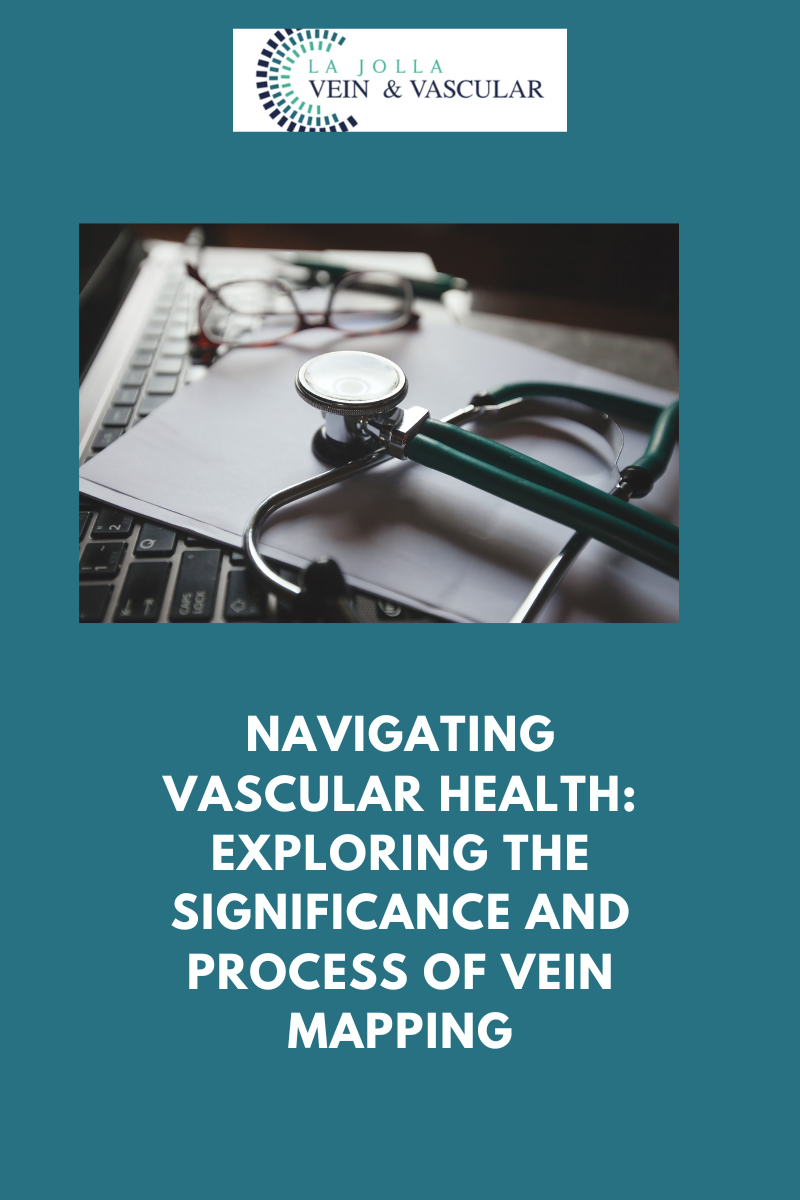La Jolla Vein & Vascular: Varicose Veins

Varicose veins are swollen, blue, bulging, twisted, superficial (those closest to the skin) veins of the leg. High pressure inside the superficial veins of the leg causes varicose veins, but genetics are thought to play a large, contributing role. As many as 40 million Americans have varicose veins. Left untreated, varicose veins may become worse. Persons with varicose veins often experience leg aches and fatigue. They may also incur skin changes such as rashes, redness and ulcers.
What factors influence development of varicose veins?
- Age: People between the ages of 30 and 70 often have veins.
- During pregnancy, 50 to 55 percent of American women experience veins. In most cases, the veins return to normal within a year after childbirth.
- Women who have multiple pregnancies may develop permanent veins.
- The varicose vein risk factors for women and men include:
o family history of varicose veins
o being overweight
o standing or sitting for long periods of time
A vascular surgeon will review your medical history, do a physical exam and look at your prominent veins. You may be sent for a duplex ultrasound test, also known as a venous reflux study, to identify the causes of your veins. The painless test uses high-frequency waves to measure the venous blood flow. The test helps the physician visualize the vein structure and the blood flow in the veins.
Most doctors will suggest lifestyle changes for patients with varicose veins. This includes:
- maintaining the proper weight
- elevating legs when resting
- not sitting or standing for long periods of time
- wearing compression (elastic support) stockings
In some cases, a vascular surgeon will recommend additional treatments for ridding the legs of varicose veins:
- Sclerotherapy is the sealing of the veins via an injection of a medication. This procedure is done mainly for smaller spider veins. It is performed in a doctor’s office. The physician injects a chemical into the varicose veins to prevent the veins from filling with blood.
- Vein Stripping is performed for more involved varicose veins. The physician may make two small incisions, one in the groin area and another below the knee, through which the diseased veins are removed. This is an outpatient procedure, usually done under general anesthesia. Patients can resume their normal activities after four weeks.
- Ablation and laser treatment are performed on patients with severe varicose veins. They are done under local or general anesthetic. The ablation procedure inserts a thin, flexible catheter into the leg vein. The tip of the catheter has tiny electrodes that heat and seal off the walls of the vein. Laser treatments use a tiny fiber placed in the vein through a catheter. The fiber sends out laser energy that closes the diseased portion of the vein. These two modes of treatment frequently replace stripping of the saphenous vein. They can be performed alone or in conjunction with removal of individual clusters of varicose veins known as small incision avulsion or ambulatory phlebectomy.
“Bringing Experts Together for Unparalleled Vein and Vascular Care”
La Jolla Vein & Vascular (formerly La Jolla Vein Care) is committed to bringing experts together for unparalleled vein and vascular care.
Nisha Bunke, MD, Sarah Lucas, MD, and Elliot DeYoung, MD are specialists who combine their experience and expertise to offer world-class vascular care.
Our accredited center is also a nationally known teaching site and center of excellence.
For more information on treatments and to book a consultation, please give our office a call at 858-550-0330.
For a deeper dive into vein and vascular care, please check out our Youtube Channel at this link.
For more information on varicose veins and eliminating underlying venous insufficiency, check this link out full of resources.





